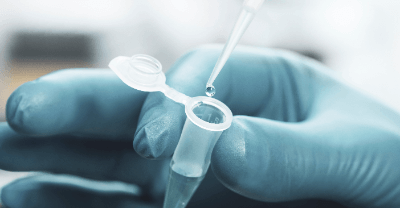What Is a Sample Tube?

Sample tubes, commonly used in chemistry, biochemistry, and molecular biology experiments and research, serve multiple purposes, including culturing, storing samples and reagents, and placement in centrifuges and analytical instruments.
While various types of sample tubes are available based on their intended use, they are generally referred to as “sample tubes” when used for sample handling.
Uses of Sample Tubes
In the fields of research and development, including chemistry, biochemistry, molecular biology, and clinical testing, sample tubes are indispensable. They are utilized for tissue and cell culture, storing reagents and samples, and for analyses involving centrifugation and other analytical instruments.
Key clinical applications include uses in immunoserology and bacteriology.
Principle of Sample Tubes
Sample tubes are designed as cylindrical or conical vessels with a closed-end, tailored for secure containment and manipulation of experimental samples, reagents, or specimens. Microtubes and other such tubes often feature a lid attached to the body, while NMR tubes come with a separate lid that seals with a light press.
Types of Sample Tubes
Available in various volumes and for different applications, sample tubes may be cylindrical or conical with a closed-end, and come in round-bottomed, flat-bottomed, or pointed configurations.
Materials range from synthetic resins like polypropylene and polystyrene to tempered hard glass and borosilicate glass. Polypropylene is preferred for its stability against temperature and chemicals, whereas polystyrene offers high transparency for sample observation. Care must be taken to select tubes resistant to potential solvent damage.
1. Microtubes
Microtubes, designed for microliter to milliliter sample volumes, are also known as microcentrifuge tubes. Available in 2mL, 1.5mL, 0.5mL, and 0.2mL capacities, they are typically used on a disposable basis in molecular biology to enhance efficiency and prevent contamination.
Their lids, which are connected to the body, can be securely locked in place. Microtubes are essential for centrifuging, PCR, and the storage and dispensing of samples and reagents. They are often referred to as “Eppendorf” tubes, named after the company that popularized them.
2. Conical Tubes and Spitz Tubes
Conical and Spitz tubes offer larger capacities than microtubes, typically 15mL or 50mL for conical tubes and about 10mL for Spitz tubes. Made from synthetic resin or glass, these tubes are frequently used for centrifugation, with Spitz tubes being particularly prevalent in clinical settings.
3. PCR Tubes
PCR tubes are specialized for PCR, featuring thinner walls for efficient heat transfer. They come with domed caps compatible with thermal cyclers, and some are available with volume markings.
4. Other Types
NMR tubes, designed for NMR sample handling, and cryo tubes, used for cryopreservation, are also categorized as sample tubes.
Other Information on Sample Tubes
Preventing Contamination
Sample tubes are available in both sterilized and unsterilized forms. Sterilized tubes are typically pyrogen-free and endotoxin-free, critical for cell culture applications due to their potential impact on cell activity. For DNA or RNA handling, DNase-free and RNase-free tubes are recommended to prevent contamination.